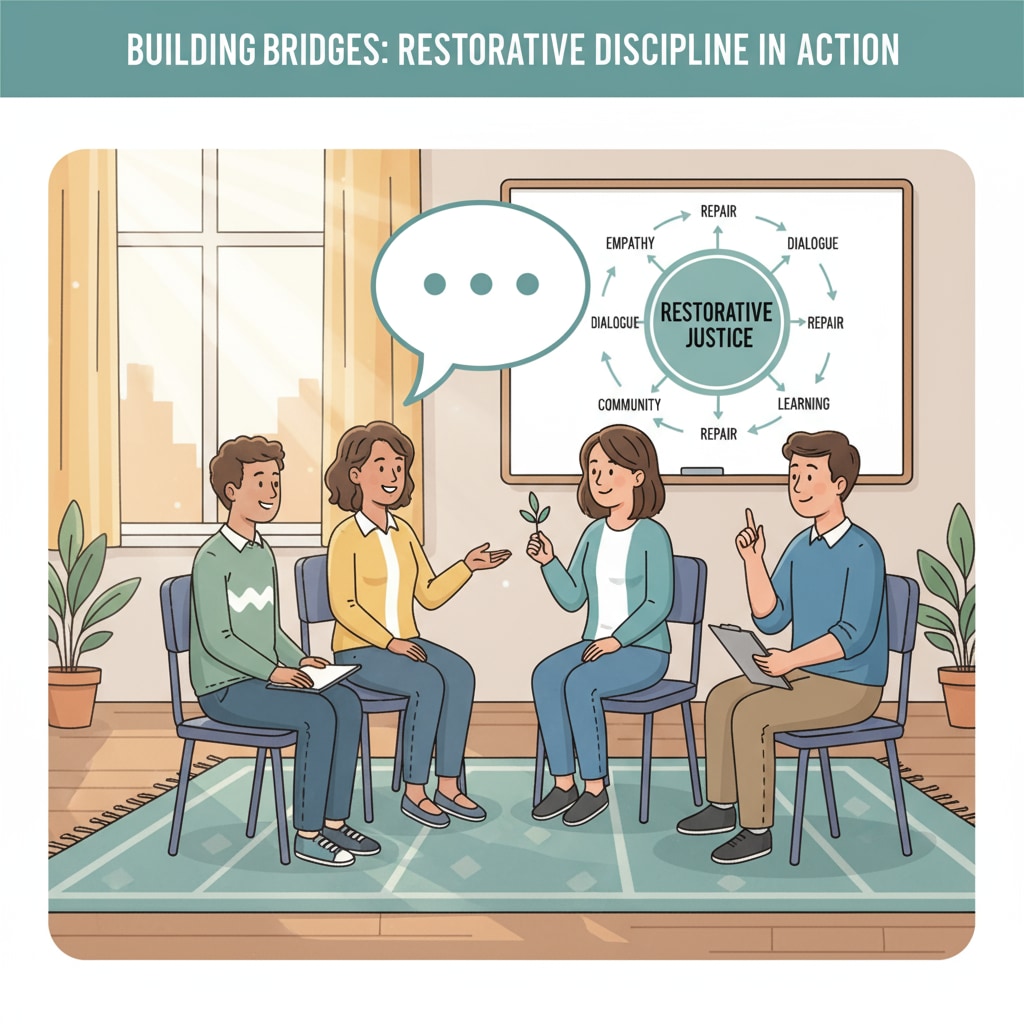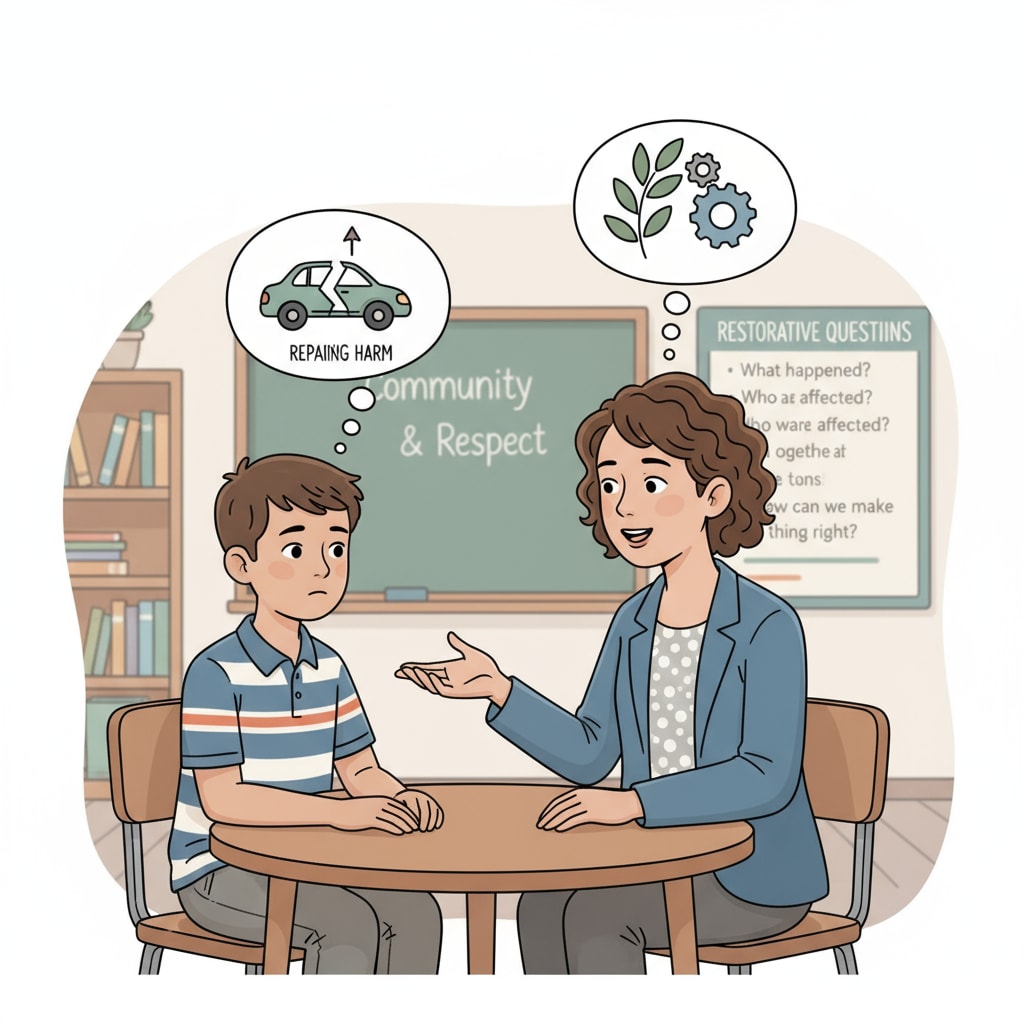School discipline, parental demands, and restorative practices are often at odds in the educational landscape. School administrators frequently find themselves navigating the challenging task of reconciling parents’ desires for strict punishment with the principles of restorative discipline. This article delves into this complex issue, presenting a real-life case study and offering practical strategies for finding equilibrium.

The Challenge of Divergent Expectations
Parents typically have high hopes for their children’s education and behavior. Many expect schools to enforce strict rules and mete out severe punishments when students misbehave. This perspective often stems from a desire to ensure their children learn the importance of following the rules and facing consequences. On the other hand, restorative discipline practices focus on repairing harm, promoting understanding, and fostering positive relationships within the school community. These two approaches can create a significant divide between parents and schools.
A Real-Life Case Study
Consider the case of a middle school where a student repeatedly disrupted class. The school, adhering to restorative discipline principles, arranged a meeting between the student, the teacher, and the affected classmates. The goal was to have the student understand the impact of their actions and develop a plan to make amends. However, the parents were dissatisfied, believing that the student should have been suspended as a more severe form of punishment. This situation highlights the conflict that can arise between parental expectations and restorative practices.

Effective Communication Strategies
Open and honest communication is crucial in bridging the gap between parents and schools. Administrators should initiate regular meetings with parents to explain the philosophy and benefits of restorative discipline. They can share success stories and data demonstrating how these practices have led to improved student behavior and a more positive school environment. Additionally, listening to parents’ concerns and incorporating their feedback into the disciplinary process can help build trust.
Building Consensus
To find common ground, schools can involve parents in the development of disciplinary policies. This collaborative approach allows parents to have a say in the rules and consequences while also educating them about restorative practices. By working together, parents and schools can create a comprehensive disciplinary framework that respects both parental expectations and the principles of restorative discipline.
In conclusion, school administrators play a vital role in balancing parental expectations and restorative discipline practices. By understanding the challenges, implementing effective communication strategies, and building consensus, schools can create an environment where students thrive, and the school community flourishes. School discipline, parental demands, and restorative practices can coexist harmoniously for the betterment of all involved. Education World – Managing Student Discipline ASCD – Student Discipline Resources
Readability guidance: This article uses short paragraphs and lists to summarize key points. Each H2 section provides a clear set of ideas. The proportion of passive voice and long sentences is carefully controlled, and transition words are evenly distributed throughout the text to enhance readability.


